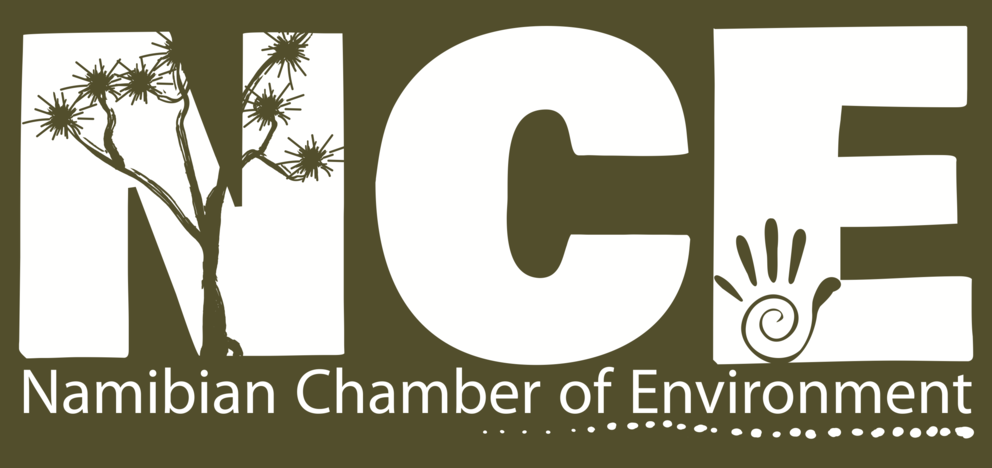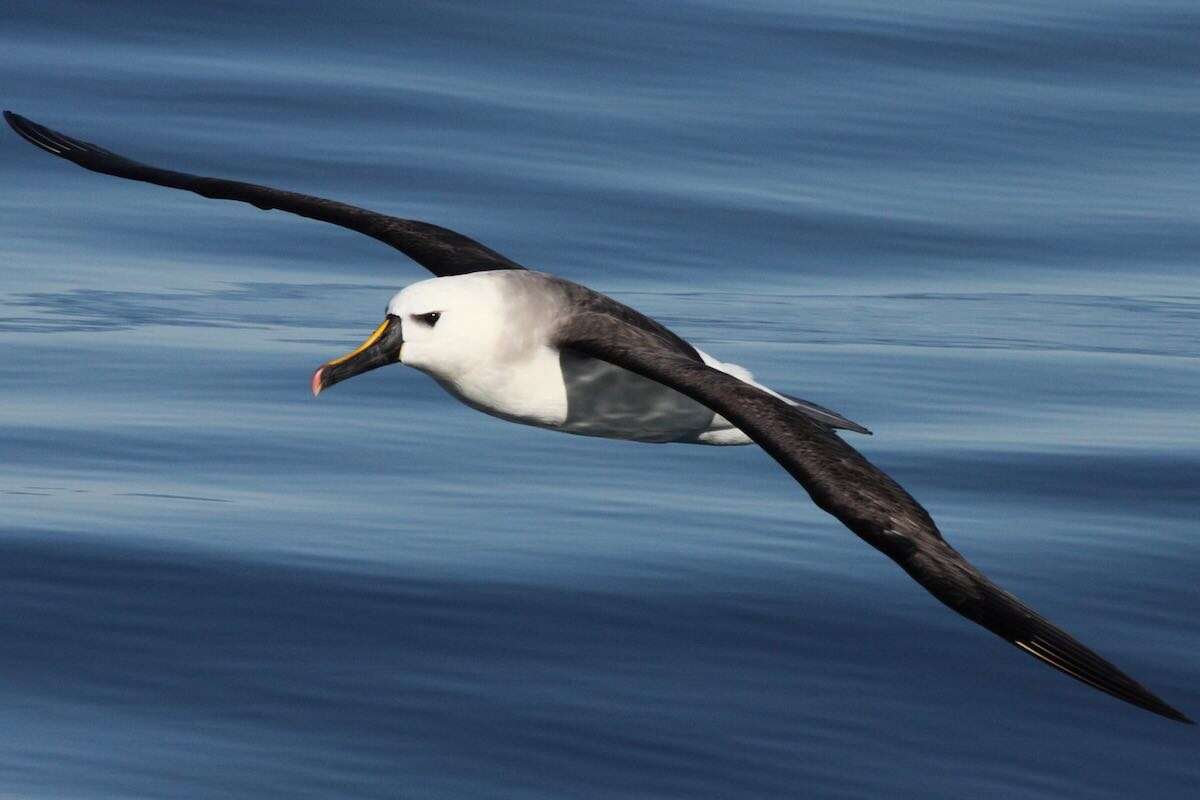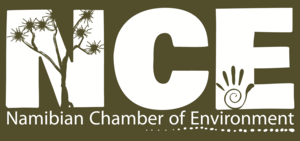

What you can do to help vulture research
Namibian Chamber of Environment
26th May 2020
Vultures are in grave danger. Of the six species occurring in Namibia, all are listed as Endangered or Critically Endangered. The main threat is poisoning, either deliberate or due to human negligence. Lesser-known threats include habitat loss, lead poisoning – as they ingest bullet fragments from animals that are shot – and collision with or electrocution on powerlines. These birds are, however, critical to the functioning of our natural ecosystems and play an important role in controlling diseases that affect animals and humans.
Conservation relies on knowledge of the plants and animals we are trying to save. We especially need to know whether or not the species we are concerned about are doing better or worse than they would be if it weren’t for human activities. To achieve this, we need what is known as baseline information. Examples of baseline information include: the chance an animal has of surviving each year; the rate at which they usually reproduce; and the average lifespan in the wild. Once we know these figures, we need to monitor them over time for each species of concern so that we can react quickly if things seem to be deteriorating, or we can learn whether or not our efforts are bearing fruit by improving or maintaining these figures.
Bird researchers have developed a number of methods to try and obtain these figures for their study species. Individual birds are nearly always impossible to distinguish from others of the same species, hence finding out what happens to a particular bird over the course of its lifetime is a real challenge.
Ever since the turn of the 20th century (and since 1948 in southern Africa), people have put simple uniquely numbered metal rings around a bird’s leg that function as an “identity document”. If a ringed bird is caught again or found dead, the person who finds it can report its ID number to the organisation that ringed it in the first place. While this method is still used today, it has its limitations – birds must either be caught or found dead to record the information on their legs. While some rings have been colour-coded to allow one to see the unique code through binoculars, they are not always that easy to see or obvious enough for the casual observer to realise their significance.
These issues have been largely overcome by using plastic tags that are attached to the bird’s wing and look like a colourful extra feather. Attaching these tags is not painful for the bird, and tagged subjects seem to barely notice them. Like a ring, each tag functions as a unique ID, but they are much easier to see from a distance than rings. This means that a birder who sees a tagged bird can read the numbers using a pair of field binoculars and report their sighting to the relevant authority. Wing tags thus greatly increase the chance of “citizen scientists” noting and reporting tag numbers, which improves the data researchers get from their study. Because metal rings last longer than plastic wing tags, researchers usually combine these methods.
A recent study by a team of international and Namibian scientists on Lappet-faced Vultures put wing tags to good use. This study in the Namib-Naukluft Park is part of a long-term monitoring effort by Vultures Namibia that used metal and colour rings since 1991 and started using wing tags instead of coloured rings in 2006 to mark young vultures in the nest. Thereafter, they asked citizen scientists to report when they saw a tag that they could read or when they recovered a ringed dead bird.
From 2014, the study upgraded their methods further with the addition of camera traps placed around water points. Because the Namib-Naukluft is so dry and vultures regularly drink and wash themselves, cameras placed at a few water points can photograph a surprising number of these birds. During the 2006-2017 study period, citizens reported re-sighting live vultures 22 times and finding dead ones 18 times, while the camera traps recorded a whopping 748 sightings! As a result, 52% of the 762 Vultures that were wing-tagged as chicks were re-sighted at least once during the course of the study.
While wing-tags are incredibly useful, the study also showed that they are likely to fall off or become unreadable over time, as 10% of the tags were lost after six years and 80% were lost when they were on the bird for ten years or more. When they adjusted their data based on what they know about tag loss, they found that vulture survival from one year to the next in this population was high. 80% of the chicks were likely to make it through their first year of life, and thereafter the rate of survival from one year to the next was 95%.
This is good news for this population of Lappet-faced Vultures, which fortunately nests within a protected area. Nonetheless, each bird is likely to fly long distances deep into Namibia and even into neighbouring countries between their breeding times. This means that poisoning events far from this part of Namibia could negatively affect this seemingly secure population.
The researchers concluded that, while the camera traps were a game-changer for their study, the data from citizen scientists remained important. In particular, the ring numbers from dead birds could not have been recorded without the people who found the bird and knew to report it to Vultures Namibia. The citizen-reported re-sightings also covered much more ground than the camera traps that were only placed at four water points within the Park. They also expressed hope that the more widespread use of camera traps by farmers and tourism operators may further increase the volume of re-sighting data sent to Vultures Namibia for record-keeping in future.
If you ever see a tagged vulture of any species through your binoculars or via camera traps set on your land, let Vultures Namibia know about it via their website: www.vultures-namibia.com, or email the information to holgerk@afol.com.na. The more we know about them, the better we can protect them.
Reference:
SANTANGELI, A., PAKANEN, V.-M., BRIDGEFORD, P., BOORMAN, M., KOLBERG, H. & SANZ-AGUILAR, A. (2020) The relative contribution of camera trap technology and citizen science for estimating survival of an endangered African vulture. Biological Conservation, 246, 108593. https://doi.org/10.1016/j.biocon.2020.108593
For articles on similar topics, please click one of the following options:
If you enjoyed this page, then you might also like:




The Namibian Chamber of Environment (NCE) is an umbrella Association that provides a forum and mouthpiece for the broader environment sector, that can lobby with government and other parties, that can raise funds for its members and that can represent the sector.
www.n-c-e.orgThe Namibian Chamber of Environment (NCE) is an umbrella Association that provides a forum and mouthpiece for the broader environment sector, that can lobby with government and other parties, that can raise funds for its members and that can represent the sector.
www.n-c-e.org
Gail C. Thomson is a carnivore conservationist who has worked in South Africa, Namibia and Botswana on human-carnivore conflict, community conservation and wildlife monitoring. She is interested in promoting clear public communication of science and conservation efforts in southern Africa.
Gail C. Thomson is a carnivore conservationist who has worked in South Africa, Namibia and Botswana on human-carnivore conflict, community conservation and wildlife monitoring. She is interested in promoting clear public communication of science and conservation efforts in southern Africa.